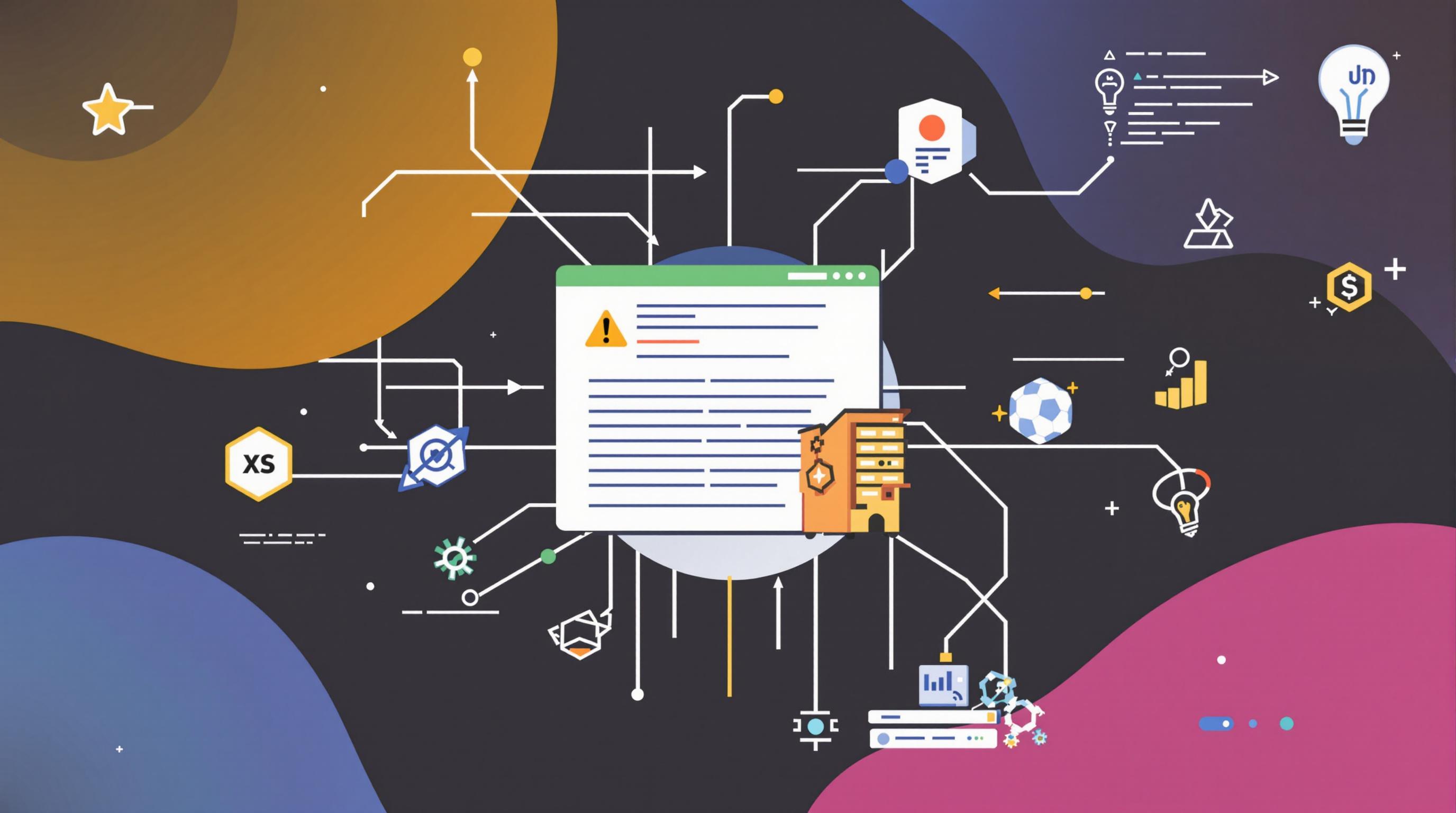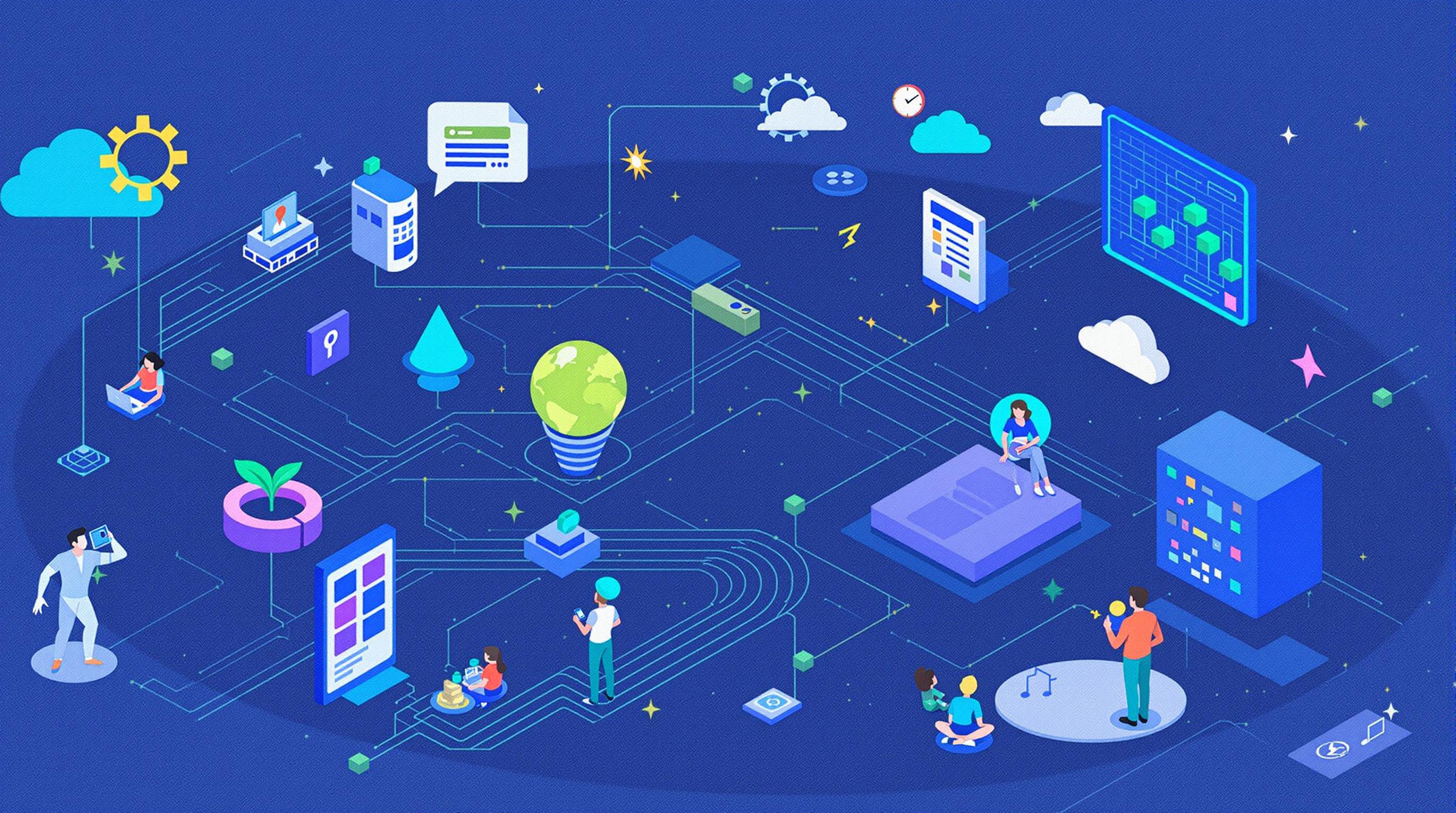Related Articles
- Unconventional Wisdom: Exploring Surprising Influencers Shaping Consumer Trends in 2023's Niche Ecosystems
- Beneath the Surface: Discovering the Unlikely Impact of Micro-Communities on 2023's Consumer Landscape
- Unexpected Catalysts: Exploring the Surprising Forces Influencing Subculture Trends in 2023
- Unmasking Influences: The Unlikely Narratives Behind Today's Obscure Market Trends and Consumer Choices
- The Paradox of Generosity: How Giving Can Lead to Unexpected Financial Gains in Competitive Markets
- The Unexpected Cost of Silence: How Communication Gaps Drain Resources in Organizations
7 Lesser-Known Serverless Techniques for Achieving Remarkable Efficiency and Unleashing Innovation in Your Development Workflow
7 Lesser-Known Serverless Techniques for Achieving Remarkable Efficiency and Unleashing Innovation in Your Development Workflow
Introduction
In recent years, serverless computing has gained significant traction in the realm of software development, enabling developers to build and deploy applications without the need to manage physical servers. This paradigm shift presents opportunities for remarkable efficiency and encourages innovation. While many developers are familiar with the basic principles of serverless architecture, several lesser-known techniques can further enhance productivity and streamline developmental workflows.
In this article, we will explore seven of these techniques, each designed to unlock hidden potential within the serverless framework. By embracing these practices, teams can optimize resource usage, reduce operational costs, and ultimately accelerate the development process. Each technique offers its own unique advantages that can cater to various aspects of the development lifecycle.
As we delve into these techniques, consider how they can be integrated into your current workflows. With the right approach, serverless computing can transform not only how applications are built but also how teams innovate and iterate on ideas.
1. Event-Driven Workflows
One foundational technique in serverless architecture is utilizing event-driven workflows. By employing services that respond to events—like AWS Lambda reacting to S3 upload events—developers can create highly responsive applications. This model promotes a decoupled architecture where services communicate through events, enhancing scalability and reducing bottlenecks.
Implementing event-driven workflows can lead to optimized resource utilization. Developers can avoid over-provisioning by only executing functions in response to specific triggers, which minimizes idle time and cuts costs. This approach aligns operations with demand, offering an agile framework for development.
Tools such as AWS Step Functions or Google Cloud Functions provide the capability to build complex workflows through event orchestration, significantly expanding what can be achieved in a serverless ecosystem. This functionality paves the way for innovative application designs, resulting in enhanced user experiences.
2. Fine-Grained Permissions
In a serverless environment, managing permissions effectively is crucial to maintaining security while fostering development speed. By adopting fine-grained permissions, teams can ensure that functions have only the necessary access to resources. This minimizes the risk of breaches while allowing developers to innovate without constant security concerns.
Tools like AWS IAM allow developers to define granular policies that specify what actions a serverless function can perform. This not only secures the application but also streamlines the review process during development. Less time spent on addressing security oversights means more time dedicated to building functional features.
Additionally, fine-grained permissions can lead to better compliance with industry standards, ensuring that applications adhere to regulations throughout their lifecycle. This not only protects the organization but also cultivates trust with users, which is vital for long-term success.
3. Asynchronous Processing
Another often overlooked serverless technique is the implementation of asynchronous processing. This method allows developers to decouple tasks within an application, letting time-consuming processes run in the background without blocking the main execution path. Techniques like message queuing (using tools like AWS SQS) aid in achieving this decoupled structure.
Asynchronous processing enhances application responsiveness, as users are not left waiting for lengthy operations to complete. This can greatly improve user engagement and satisfaction, vital aspects in today’s competitive digital landscape. By offloading heavy calculations or data processing tasks, applications become more efficient and user-friendly.
Simplifying the management of these processes also means that developers can focus on creating new features instead of dealing with performance issues. Thus, implementing asynchronous techniques fundamentally streamlines the development workflow, fostering an atmosphere conducive to innovation.
4. Local Development Environments
Transitioning to serverless doesn’t mean abandoning local development. In fact, setting up local environments that mimic cloud services allows developers to iterate quickly without incurring costs associated with cloud deployment. Tools like Serverless Framework or LocalStack provide necessary emulations, leading to meaningful development experiences.
By simulating cloud environments locally, developers can conduct testing, debugging, and initial integrations without the inherent delays of deploying to a live server. This leads to faster turnaround times for updates and new features. Developers can refine and troubleshoot locally before final deployment, minimizing risks in production.
Moreover, local development fosters innovation by allowing for rapid experimentation. Teams can explore new ideas and functionalities without the typical constraints imposed by cloud resource management. In an age where speed matters, an effective local development workflow can be a true game changer.
5. Multi-Cloud Strategy
Embracing a multi-cloud strategy can significantly enhance flexibility and reduce vendor lock-in in serverless environments. By distributing services across various cloud providers, organizations can leverage the unique benefits of each platform, ensuring robust performance tailored to specific needs.
This approach not only optimizes costs but also enables teams to select the most appropriate tools for particular tasks. For instance, a serverless function in AWS might execute machine learning tasks, while Google Cloud Functions handle the web application’s backend, leading to optimal outcomes.
Additionally, redundancy introduced by using multiple cloud services enhances overall application resilience. If one provider faces an outage, the system can failover seamlessly to another, ensuring that user experience remains uninterrupted. This guarantees both operational continuity and innovation in solution architecture.
6. Infrastructure as Code (IaC)
Infrastructure as Code (IaC) is a vital technique for serverless application development. With IaC, teams can define and provision their serverless architecture using code, enabling version control and easier collaboration. Tools like Terraform and AWS CloudFormation facilitate this process, creating a more consistent and replicable deployment environment.
Adopting IaC means that deployment becomes a seamless extension of the development process. Developers can roll back changes, replicate environments for testing, and document infrastructure decisions within their codebase. This fosters greater team collaboration and transparency, expediting the development cycle.
Furthermore, IaC reduces the likelihood of human error during deployment, as configurations are pre-defined and automated. This not only improves efficiency but also promotes a culture of reliability, allowing developers to focus more on feature enhancement and innovation.
7. Monitoring and Analytics
Last but not least, integrating monitoring and analytics tools into a serverless workflow is crucial for continuous improvement. Utilizing services like AWS CloudWatch or Azure Monitor allows developers to gather essential data on function execution, performance metrics, error rates, and user behavior.
This information is invaluable for making informed decisions about future development strategies. By analyzing usage patterns and performance data, teams can identify areas for optimization, ensuring that resources are allocated effectively. This proactive approach not only enhances efficiency but also prioritizes user experience.
Additionally, embedding analytics in the development cycle fosters a culture of feedback, where product features can be iterated based on real insights rather than assumptions. By embracing this data-driven mindset, applications can evolve rapidly, driving sustained innovation and adaptability.
Conclusion
The world of serverless computing is rich with potential for those willing to explore beyond conventional applications. By employing these lesser-known techniques, teams can harness remarkable efficiency while unleashing innovation in their development workflows. Each method, from event-driven architectures to continuous monitoring and analytics, contributes to a framework that encourages agility and collaboration.
As organizations continue to navigate the complexities of modern application development, the adoption of these practices can be pivotal. The flexibility and efficiency gained through serverless architectures can empower teams to achieve their goals more effectively, ensuring they remain competitive in a rapidly evolving tech landscape.
Ultimately, by embracing new techniques and refining processes, developers will not only enhance their current projects but also equip themselves for future challenges. The journey through serverless development is one of constant learning and adaptation, leading to exciting possibilities and innovative solutions.




